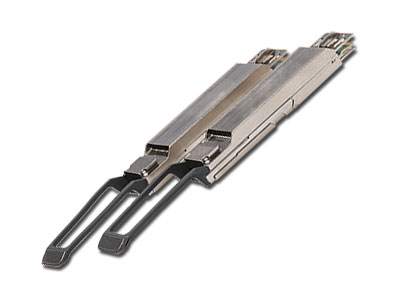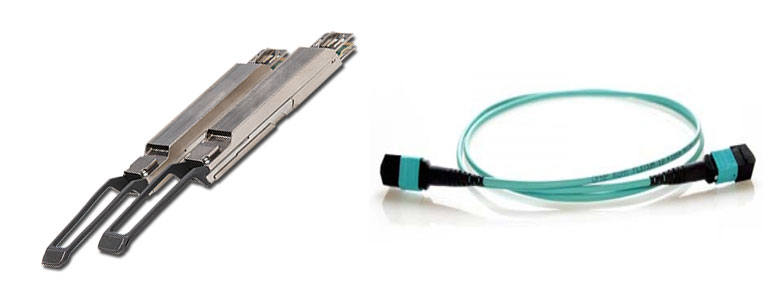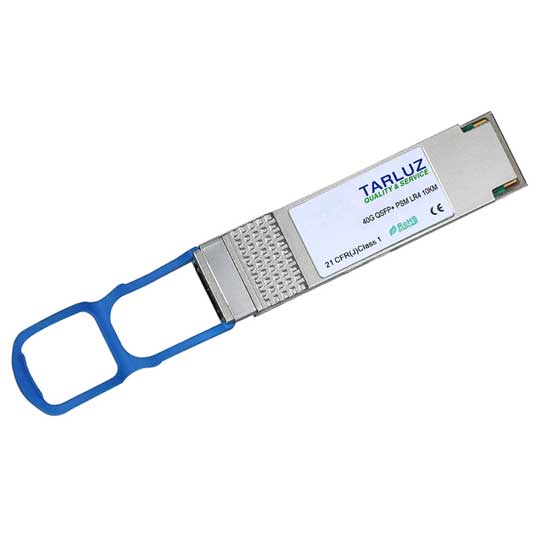 The long-awaited public launch of efforts to develop the Octal Small Form Factor Pluggable (OSFP) optical transceiver module for 400-Gbps applications has finally arrived. The multisource agreement (MSA) development group, led by Arista Networks, includes 49 members.
The long-awaited public launch of efforts to develop the Octal Small Form Factor Pluggable (OSFP) optical transceiver module for 400-Gbps applications has finally arrived. The multisource agreement (MSA) development group, led by Arista Networks, includes 49 members.
« It is rare to see so much industry support behind a new optics module form factor, » said Andreas Bechtolsheim, chief development officer at Arista Networks. « We believe that the OSFP ecosystem will be a key element in enabling a successful market transition from 100 Gbps Ethernet to 400 Gbps and beyond. »
The OSFP MSA will seek to develop specifications for an optical transceiver capable of supporting transmission rates up to 400 Gbps (8x50G initially) in a size that will enable 32 ports per 1RU line card. The modules will support reaches from the data center to metro networks and, according to the MSA members, will be « slightly wider and deeper » than a QSFP module.
The MSA members expect the module to be able to support 800-Gbps operations in the future. In addition to Arista, OSFP MSA participants include Acacia Communications, Accelink, ADVA Optical Networking, Amphenol, AppliedMicro, Applied Optoelectronics, Barefoot Networks, Broadcom, Cavium, ClariPhy Communications, ColorChip, Coriant, Corning, Dell EMC, Finisar, Foxconn Interconnect Technology, Fujitsu Optical Components, Google, Hewlett Packard Enterprise, Hitachi Cable Systems, Huawei Technologies, Infinera, Innolight, Innovium, Inphi, Intel, Ixia, Juniper Networks, Kaiam, Lorom, Lumentum, Luxtera, MACOM, Marvell, Mellanox Technologies, Molex, MultiLane, NeoPhotonics, NEL America, Nokia, Oclaro, PHY-SI, SAE, Senko, Source Photonics, Sumitomo Electric Industries, TE Connectivity, and Yamaichi Electronics.
The small size and comparatively low power consumption of the OSFP aims to meet the requirements of member Google and similar large-scale data center operators. The OSFP is the third MSA aimed at creating a 400 Gigabit Ethernet optical transceiver form factor. It follows the CDFP (see « CDFP Rev. 3.0 for 400-Gbps optical modules now available ») and the CFP8, which it appears will find favor in core routers and switches in carrier networks (see « Finisar showcases CFP8 400 Gigabit Ethernet optical transceiver at ECOC 2015 »). The QSFP Double-Density (QSFP-DD) MSA also targets 400-Gbps applications (see « Preliminary QSFP-DD MSA optical transceiver specification released »).
Source from: Lightwaveonline








